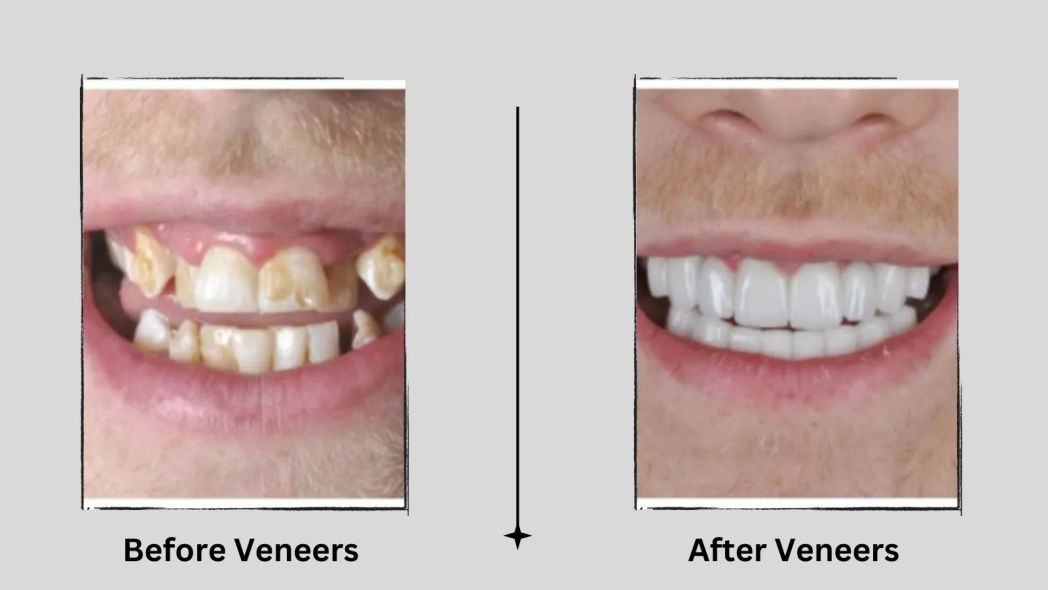
What you need to know about dental veneers:
A dental veneer is a thin, tooth-shaped shell that is affixed to the front surfaces of teeth to enhance their appearance. Dental veneers can be used to address cosmetic issues such as chipped or broken teeth, discolored teeth, or teeth that are smaller than average.
A dental veneer is a piece of metal or plastic that is permanently affixed to the surface of your teeth.
While some patients may only receive one veneer for a broken or chip tooth, many patients receive between six and eight veneers to achieve an even, even smile.
What are the different types of veneers?
The most common types of dental veneers are porcelain veneers and composite resin veneers, both of which require a high level of preparation. However, there are other types of veneers that are applied using a different process.
Traditional veneers are designed to grind down the tooth’s structure. In some cases, part of the tooth may be removed — even beyond the enamel — allowing for proper placement. However, this is an irreversible process that can be very painful to perform and often necessitates the use of a local anaesthetic.
Unlike prep veneers, there may be some tooth preparation or adjustment required, but these changes are relatively minor.
Porcelain veneers:
Some dentists start by grinding down your teeth and then making impressions of your teeth to create a mold. The mold is then sent to a lab where the veneer is manufactured.
Once it’s all set, your dentist can apply the veneer to the tooth you’ve prepared and cement it into place. You can also use temporary veneers until your permanent veneers arrive from the lab.
Composite resin veneers:
Depending on the type of composite resin you choose, your dentist may etch your tooth’s surface before depositing a thin coating of composite material onto your finished tooth.
You may need a few more layers of composite to get the look you want. Your dentist cures or hardens composite veneers using a special light.
No-prep veneers:
Porcelain veneer brands such as Lumineers or Vivaneers are also available. These brands take less time to apply and are less invasive.
Instead of grinding away the enamel layer by layer, no-preparation veneers only chip away at the enamel layer. In many instances, no-procedure veneers do not necessitate local anesthetic and temporary veneers.
Veneers: Before and after:
You may be surprised by how much of a difference a dental veneer can make, taking you from a chipped, cracked, misshapen, or stained tooth to an evenly shaped, naturally colored tooth. Check out this set of before-and-after photos to see what you can expect.

Conclusion:
If you’re looking for a way to improve the look of your smile and restore confidence, dental veneers may be the perfect solution for you. Veneers can cover imperfections and provide long-term results. However, it’s important to understand how veneers work, what materials are used, the benefits and drawbacks of veneers, so you can make an informed decision. Veneers are a great way to give your smile a more natural-looking look with years of wear and tear. If you’re considering veneers for your smile, you’ll want to talk to a dentist who knows what they’re doing and will work with you to create a personalized treatment plan that meets your specific dental needs and aesthetics.
Transform your smile, one appointment at a time. Contact us today for professional drcontractor dental care!”
